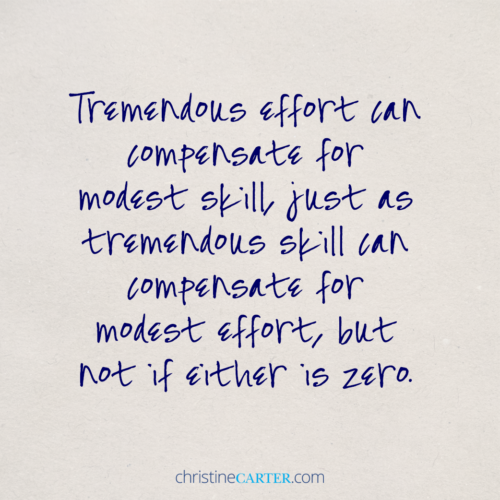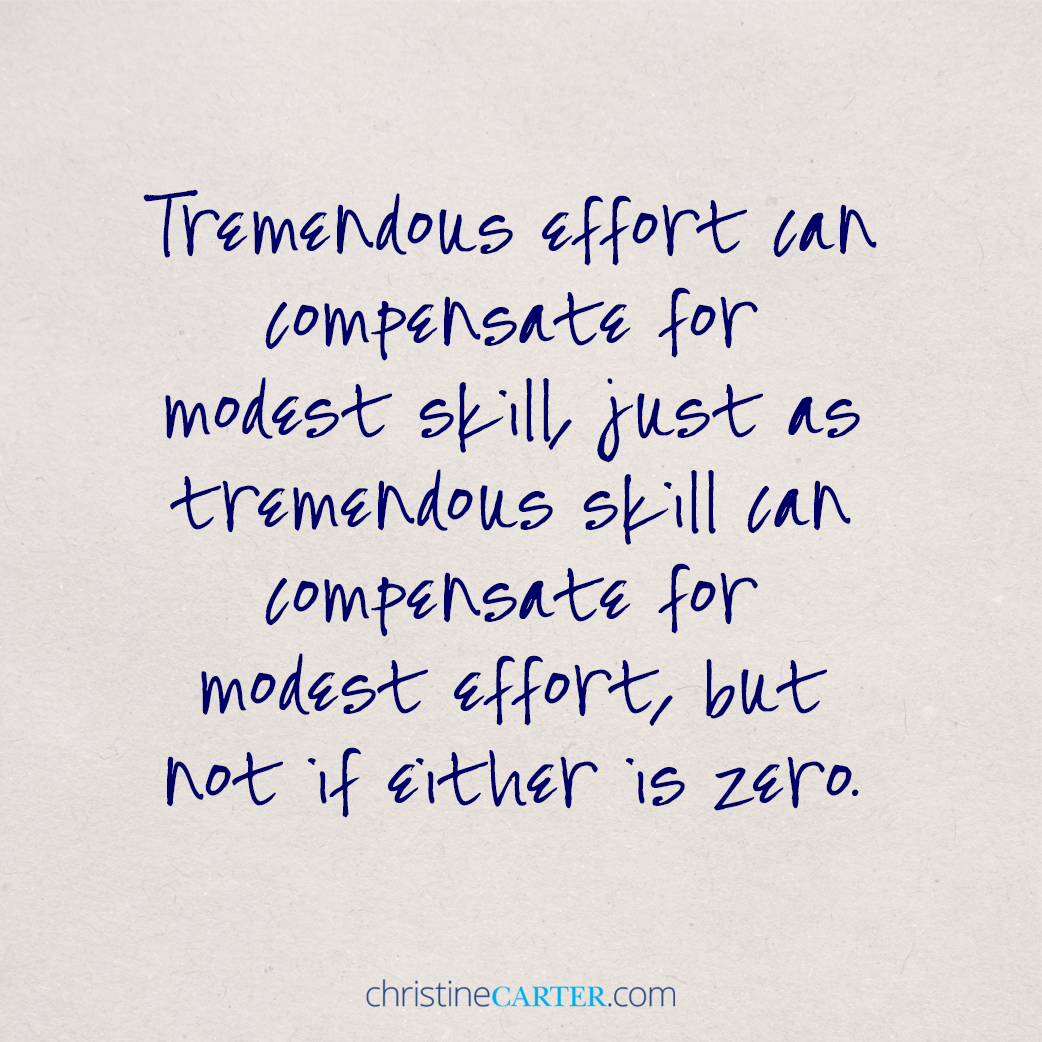Three steps to victory in keeping your New Year’s Resolutions
You want to lose weight. Learn to meditate. Get out of debt. Eat more leafy greens. Call your mom more often.
But you’re afraid to really try, because of all the times you’ve tried before and failed. I meet plenty of people who refuse to make New Year’s resolutions for this reason: New Year’s resolutions can be a source of failure, year after year.
It doesn’t have to be this way! This post is your quickstart guide to setting a New Year’s Resolution that will stick. For a more comprehensive, science-based manual for changing your habits, get my free eBook here.
We fail to change our habits because our human brains crave routine and resist change. But it’s very discouraging to try to do things differently, only to find ourselves falling back into old patterns.
Having failed in the past is stressful—and it’s even more stressful when we opt for self-flagellation in the face of our setbacks or lapses. We think that if we’re really hard on ourselves, we’ll be less likely to make the same mistake again, or that we’ll motivate ourselves towards better performance in the future. Admitting our failings does not need to come with commensurate self-criticism, however.
Why? Because self-criticism doesn’t work. It doesn’t actually motivate us. Instead, self-criticism is associated with reduced motivation and diminished future improvement.
Self-compassion—being warm and supportive towards ourselves, and actively soothing ourselves—does help when we fall short of our intentions or our goals. It leads to less anxiety, less depression, and greater peace of mind. Most importantly, it makes us feel more motivated to make the improvements we need. Here are three steps to achieve your resolutions for change.
1. Forgive yourself
The first step to making lasting change is to forgive yourself for having failed in the past. It’s okay; it’s normal, even. You did the best you could with the skills you had. Take a deep breath and soothe yourself like you might a good friend: Use kind, reassuring words to ease yourself out of a stress response. Remind yourself that few people are successful the first time they try to change their routines. Explain to your good-friend-self that feeling bad about your behavior will not increase your future success.
2. Aim for an inherently rewarding target
Why do we so often fail at our attempts to change?
One reason is that we tend to set goals and pick resolutions that are inherently unrewarding. The goals we pick necessitate relentless hard work or remind us of our mortality in a way that makes us feel small instead of grateful.
The second step, therefore, is to set the right resolution, whether that’s a big audacious goal, a new habit you’d like to get into, or a bad habit you’d like to break.
To begin, let’s start with your desired outcome. It’s okay to be a little vague here; we’ll get more specific as we proceed. For example, you might want to:
- Lose weight
- Get in shape or establish an exercise habit
- Spend more time with your friends
It’s important to figure out WHY you want to do this thing that you haven’t been doing so far. You might have a whole laundry list of reasons for wanting to do what you want to do, and that’s great. But right now, I want you to think of the single most compelling way that you’ll benefit from achieving your goal.
Chances are, you’ve come up with a super logical reason for, say, losing weight or exercising, like that it will lower your blood pressure.
Here’s the thing: even though we all like to think of ourselves as rational people, logic doesn’t motivate us nearly as much as our emotions do. Why? Because we approach what feels good and avoid what feels bad.
This means that we tend to stick with behavior changes for longer when we aim for something that feels good. Doing something because we feel like we should do it doesn’t feel good. It feels like we’re being forced. It’s stressful, and stress makes us seek comfort, often in the very form of behavior that we are trying to avoid (think potato chips and Netflix binges).
So, ask yourself how, in your heart of hearts, do you want to feel? Identify a WHY for your resolution that will motivate you over the long haul.
Let’s think this through together.
Maybe you want to lose weight, for example, and so you plan to cut baked goods out of your diet, which happen to be your favorite foods. How will that make you feel?
At first, you might feel great, because you’ve just made a healthy decision for yourself. But if you don’t cheat on your diet, you’ll likely soon feel deprived. And if you do begin to cheat on your diet, you’ll probably feel anxious and guilty. Both of these feeling states are unmotivating and uncomfortable, which will make it easy for you to ditch your diet.
But maybe the reason that you want to lose weight is so that you feel healthy and strong. Feeling stronger and healthier are very motivating feeling-states, which will make it much easier for you to keep your new habit.
With this in mind, rethink your goal or resolution: restate it for yourself in terms of how you want to feel. For example:
- I forbid myself to eat [delicious] baked goods could become → “I want to feel healthy and strong.”
- I have to get more sleep could become → “I want to feel well-rested and energetic.”
- I should spend more time with friends could become → “I want to feel loving and connected.”
3. Refine your resolution
What actions and behaviors have led you to feel what you want to feel in the past?
Maybe you tend to feel well-rested and energetic when you go to bed before 10 pm. Perhaps you tend to feel healthy and strong when you go for a hike. Maybe you feel loving and connected when you spend time one-on-one with your sister.
The important thing here is that it is something that you already have experience with; we human beings tend to be truly terrible at predicting how something will make us feel. But we do well to use our own experience to predict how we’ll feel in the future.
Here’s an example of how we frequently go wrong: say I’d like to feel stronger this upcoming year. This calls for a get-in-shape habit. So, what would be a good way for me to get in shape? Let’s see…I could train for a marathon! Fun! Ambitious! But before I start researching destination marathons (because why not make it a vacation, too?), I’ll do well to stop myself and ask: How do I feel when I’m training for a long run? Here’s my own honest answer: I tend to feel burdened by the time commitment. And arthritic in my left hip. And soul-sinking dread before each run.
Can we make a pact right now that we won’t make New Year’s Resolutions that are going to make us feel burdened, arthritic, and filled with dread? On the other hand, I can think of two activities that DO make me feel stronger:
- taking long hikes with my dog and
- high-intensity exercise classes where I sweat a lot.
Your “why” for your goal needs to be a rewarding feeling that you experience when you are doing your resolution, or at the very least, immediately after you do it. A daily hike must genuinely make you feel energized, for example, if that is the feeling you are after.
From here, refine your resolution one more time. Make sure that your resolution reflects a really specific behavior, so that you know if you are succeeding or not. For example, resolve to take three hikes per week after work on Tuesdays, Thursdays, and Saturdays instead of resolving to “go for more hikes.”
Finally, do a little reality check. Setting unrealistic resolutions is a sure path to failure. If it’s just not realistic for you to, say, leave work an hour early on Tuesdays and Thursdays so that you can do your hike, please don’t make that your resolution. Or if you live in Maine and you know that it just isn’t realistic to hike in a snowstorm, please go back and find another behavior that reliably makes you feel the way you want to feel.
That’s it! If you are now aiming for a target that is specific, realistic, and inherently rewarding (because you know it is going to make you feel good) you are good to go!
If you’d like more tips — perhaps for how to make your resolution into an automatic habit, or for what to do if you feel stuck — I hope you’ll check out my free eBook here.













